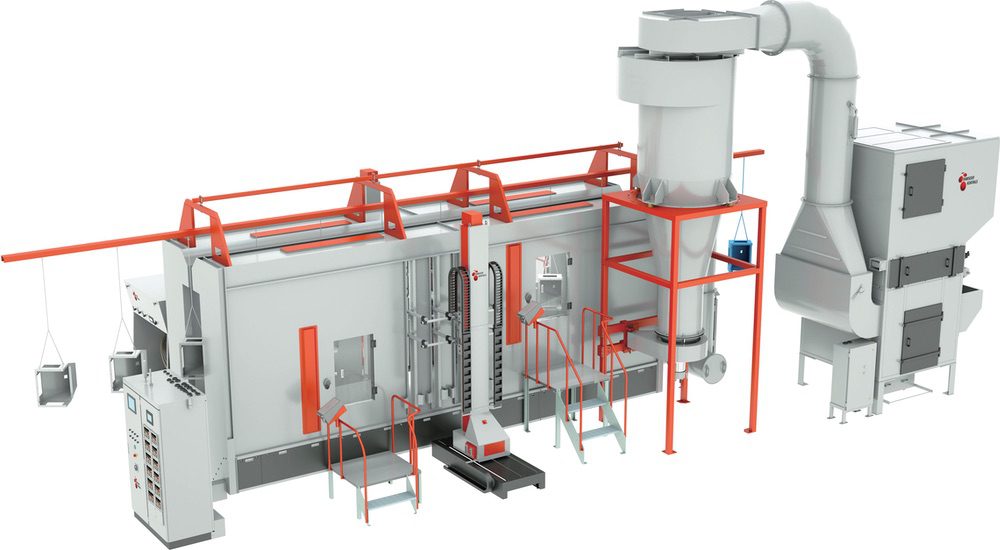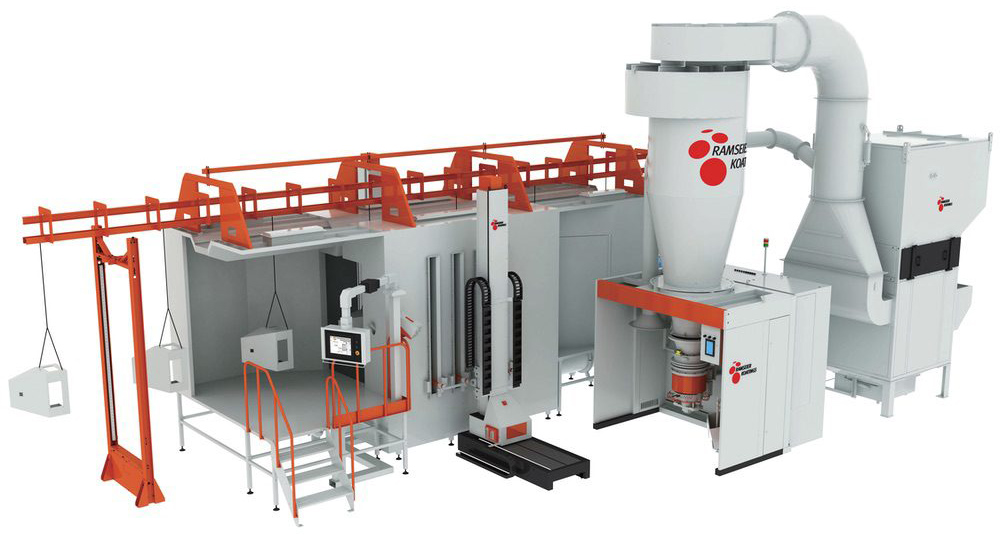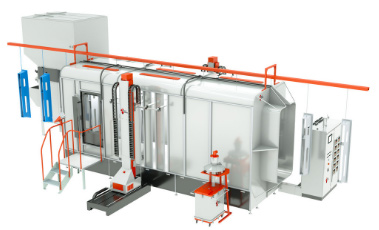
+852 2363 2511
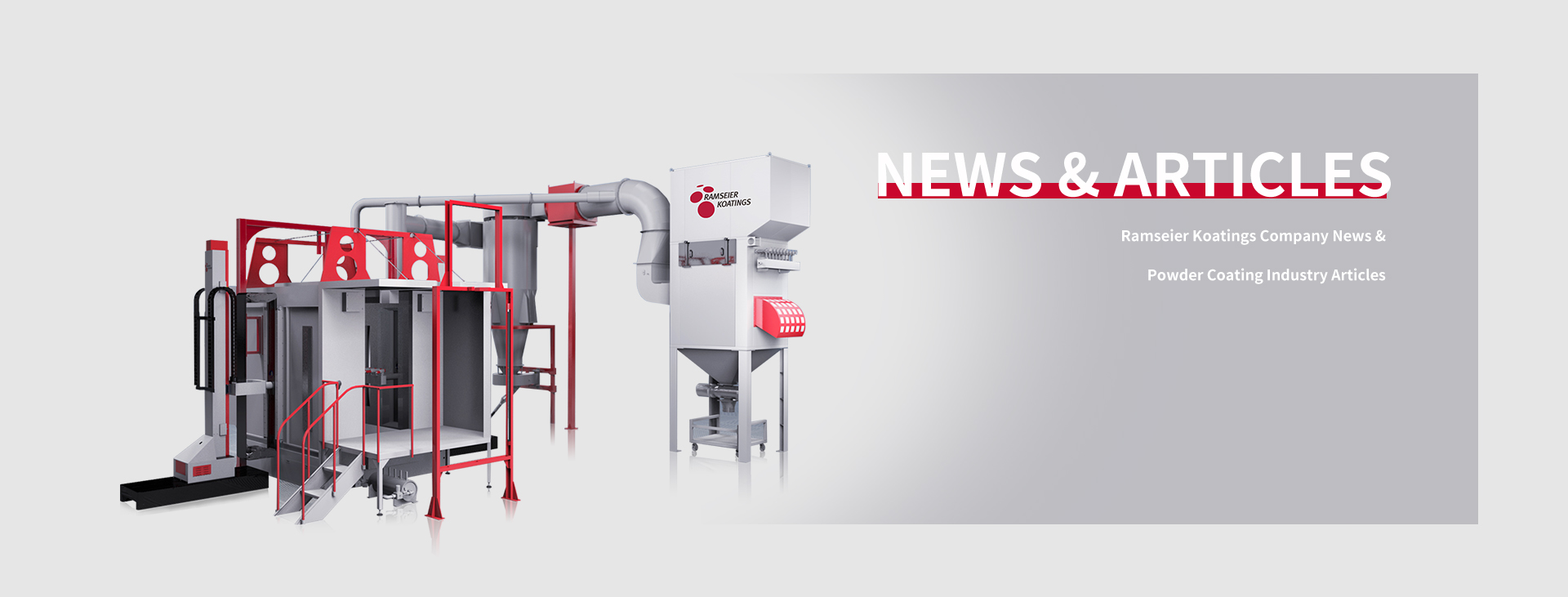







Powder coating, a method of finishing that requires no solvents or water, has transformed industrial processes in terms of its environmental advantages, outstanding long-term performance, and unparalleled versatility. But unlike liquid paints, powder coating applies electrically charged fine particles with specific chemical compositions to a substrate.
The charged powder adheres to the item being coated and it is then subjected to heat, where it melts, thus getting hard (curing) into a smooth finish. However, when there are varieties of powders on the market today, it becomes necessary to make choices based on scientific knowledge.
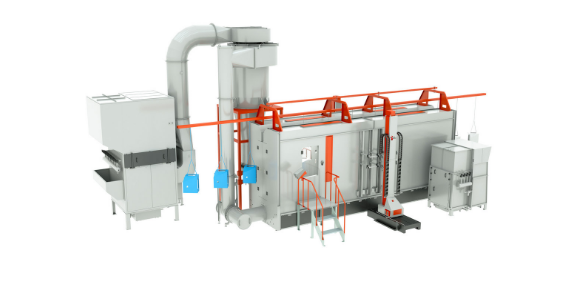
Epoxies are mainly formulated using epichlorohydrin and bisphenol A (BPA) because they are highly chemical-resistant materials. This composition makes them ideal for harsh chemicals, solvents and fuels environments.
These coats can resist rust and damage from chemicals. That’s the edge they got over traditional wet paints. Some of their core areas of application include:
1. Piping and valves used in chemical processing
2. Transformers and housing for electronic components
3. Chemical-exposed automotive parts such as undercarriage and wheels
Polyesters are cheap and durable at the same time. They offer better resistance to elements and chemicals. Polyester resins, made up of diacids and diols derived typically from these two substances, are the main compositions here.
These coatings are available in numerous shades and finishes and can thus be applied for purposes that may be either aesthetical or practical. In addition, polyesters usually cure at low temperatures, which is advantageous to heat-sensitive substrates. Here are the two common types
TGIC Polyesters: TGIC polyesters have a higher market share because of their good mechanical properties like impact resistance and flexibility caused by the presence of TGIC as a curing agent such as Triglycidyl Isocyanurate (TGIC). However, due to environmental concerns surrounding TGIC emissions, there’s a growing trend towards:
TGIC-Free Polyester: While still giving similar performance characteristics relative to their TGIC counterparts, these use alternative curative agents with more friendly environmental implications.
Uses:
1. Appliance enclosures
2. Construction materials
3. Lawn and garden equipment
4. Furniture
The super durable polyesters subgroup under the polyester category targets exterior applications requiring great weathering performance and UV light stability. They usually feature fluorinated monomers on their polyester backbone hence having an added ability against intense sunlight and other harsh environmental conditions.
Super tough polyesters are able to stand up to prolonged exposure to UV radiation, and will not fade.:
1. Building facades and architectural components
2. Cladding materials
3. Signage and outdoor furniture
Epoxy polyester hybrids combine the best properties of both epoxies and polyesters as implied by their name. They are made from a mixture of bisphenol-A based epoxies and polyester resins.
This unique mix provides superior chemical resistance from the epoxies and excellent durability plus low cost from polyesters on the other hand their UV resistance is in between that of pure epoxies and pure polyesters. Hybrids are popular for applications requiring a balance between chemical resistance and overall performance such as:
1. Electronics housing
2. Machinery and equipment
3. Marine components
Fluoropolymers or fluorocarbon resins probably pay tribute to thermoplastics' best offering for excellent nonstick and chemical resistance properties, coupled with superior weatherability. They are made from proprietary compounds that contain polytetrafluoroethylene (PTFE), mostly used in nonstick cookware.
This chemical structure makes them have the best levels protected against UV among all the powder coatings types and therefore perfect for outside usage in a harsh environment, especially. Though super pricey, they are often used for:
lCurtain wall systems
lWindow frames and components
lAerospace components
Urethane powder coating is good in flexibility and resistance to adhesion, protecting the substances within the content in its chemical composition, and befitting in applications when subjected to sharpest extremes form of touch. Its common applications are given below:
● Automotive components
● Pipes and conduits
● Sporting goods
Powder coatings made of silicones, silicone resins essentially, are high-performing even in high temperatures. For instance, silicones withstand continuous temperatures over 500°F without breaking and are, therefore, the most ideal in high heat conditions.
Their good chemical and electrical insulation properties further render them good heat resistors. In fact, the very nature of silicones, curing at high temperatures, normal necessitates specialized equipment and application expertise of the silicone coater. Some of the best-known silicone coats include:
● Engine components
● Heat sinks for electronics
● Appliances subjected to high heat
● Industrial equipment operating in high-temperature environments
Sure, powder coats are versatile. Different types yes, but all suited for different settings and situations. From the formulation to performance factors and specific use, it makes great sense to know all of them when going for a particular one.
For a fit right in performance and the right aesthetics, seek the consultation of the best in powder coating professionals regarding the best fit.
